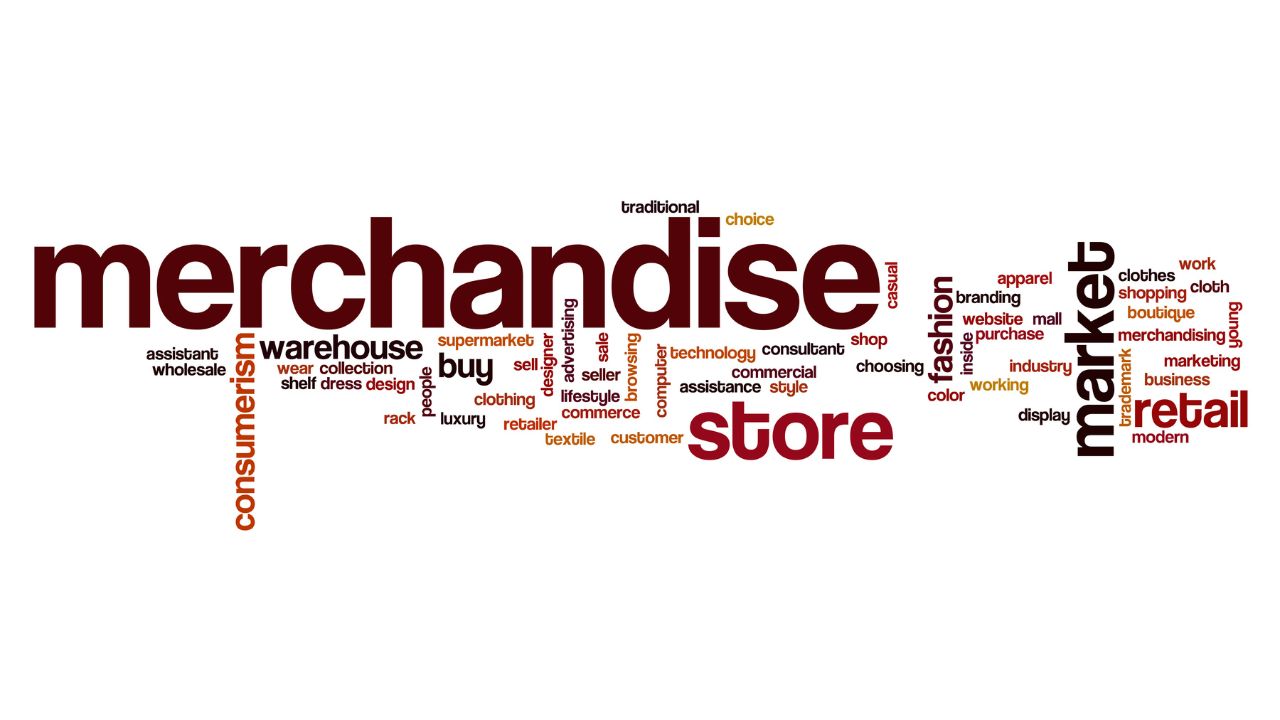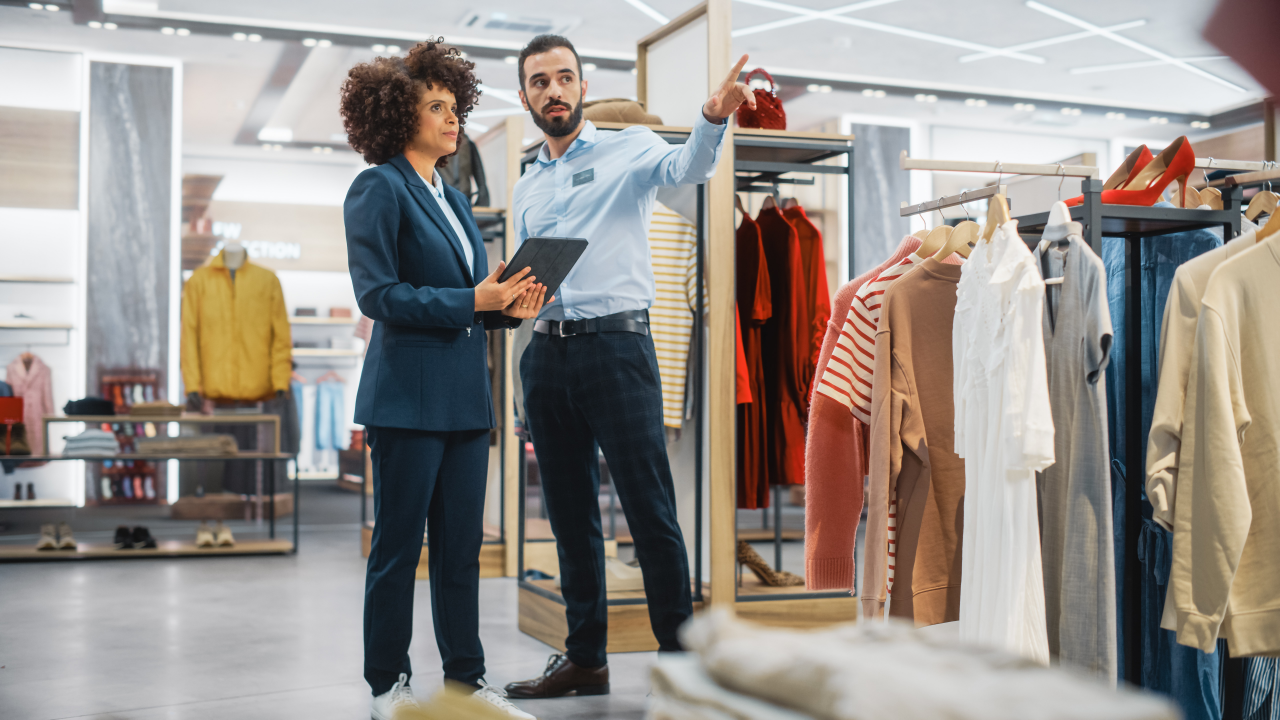As the retail world changes rapidly, companies are continually adapting to transition from physical stores to online platforms. The change in marketing is one of the most important steps in this journey. With the rise of shopping, online merchandising has become very popular.
It combines traditional merchandising with a modern twist. But what precisely makes online shopping different from shopping in stores? The main differences, benefits, and tactics that make up each approach are what we’re going to look at.
What is Online Merchandising?
Online merchandising is the planned display and advertising of goods on e-commerce sites or the websites of online shops. Traditional merchandising involves putting things where they belong in real shops. Online merchandising, on the other hand, uses digital tools, analytics, and information about how people use websites to make shopping online better.
Key elements of online merchandising include:
- Product explanations that work better
- personalized suggestions for products
- Better search features and an easy-to-use site search
- Smart plans for product pages
- Use of cross-selling and up-selling strategies that work
Using data and technology, online marketing helps stores make more sales, boost the average order value (AOV), and make the shopping experience better for all customers. It turns the buying process into a carefully planned, smooth one that makes people want to look around and come back.
What is Traditional Merchandising?
Traditional merchandising focuses on the physical display and arrangement of products in brick-and-mortar stores. It encompasses essential elements of visual merchandising, where how a product is presented can significantly influence a shopper’s buying behavior. Core activities include:
- Shelf placement and store layout
- In-store signage and displays
- Seasonal themes and product bundling
- On-site marketing campaigns
- End-cap promotions and sampling stations
This method relies heavily on visual appeal, real-world interaction, and impulse purchasing. Visual merchandising techniques are used to create eye-catching displays that draw attention and encourage immediate buying decisions. While it allows shoppers to touch, feel, and instantly access the product, it lacks customization and the real-time data insights that digital platforms provide.
Nevertheless, traditional merchandising remains an essential component of brand-building and trust development, particularly for first-time buyers who prefer interacting with products in person.
Key Differences Between Online and Traditional Merchandising
Let’s dive into the most critical distinctions between online and traditional merchandising:
1. Product Presentation
- Online Merchandising: Pictures, videos, and full descriptions of the products are shown along with rich media material. Better product pages might have reviews, frequently asked questions, and how-to tips.
- Traditional Merchandising: Presentation in traditional merchandising depends on displays, packaging, and the way things are set up in the store to get people’s attention.
2. Personalization
- Online Merchandising: This method uses computers to make suggestions for products based on a person’s browsing habits, tastes, and previous purchases.
- Traditional Merchandising: Doesn’t allow for much customization; deals are usually general and not specific to each customer.
3. Search and Navigation
- Online Merchandising: Has powerful site search tools, easy-to-use navigation, and search bars to help users find the right goods quickly.
- Traditional Merchandising: People have to walk down the hallways to look at things, which can take time and not be as effective.
4. Data and Analytics
- Online Merchandising: Gives you real-time information on how people use your site, how many times they click through, and what they buy. Retailers can quickly change their plans.
- Traditional Merchandising: Relies on slower sales reports and data gathered through observations, which makes it less flexible.
5. Cross-Selling and Upselling
- Online Merchandising: Offers related items and sets right on the product page, which raises AOV.
- Traditional Merchandising: With traditional merchandising, items are shown in stores, or salespeople give advice, which isn’t always accurate.
6. Cost and Efficiency
- Online Merchandising: With technology and scalable solutions, it’s often cheaper to do business online
- Traditional Merchandising: includes jobs that require a lot of work, like restocking and setting up displays.
7. Customer Engagement
- Online Merchandising: Digital content, targeted ads, reviews, and dynamic messaging keep people interested.
- Traditional Merchandising: Based on experiences had in person, the atmosphere of the store, and talking to salespeople.
The Impact of Online Merchandising on Purchasing Decisions
As online shopping becomes more widespread, people now expect ease, speed, and relevance in their buying journey. Online merchandising significantly influences these purchasing decisions by offering:
- Instant access to a wide range of useful and relevant products
- Intelligent product recommendation engines that deliver personalized suggestions
- An optimized online store layout that gently guides users toward purchase
- Enhanced mobile experiences tailored for shoppers on the go
These elements don’t just streamline the shopping process—they also strengthen brand identity by delivering a consistent, thoughtful experience across devices. When paired with well-structured product hierarchies and intuitive navigation, they build customer confidence and encourage smart, secure purchases. As a result, businesses enjoy higher conversions, better engagement, and increased repeat orders.
How Online Merchandising Drives Sales
Here are some ways that online merchandising for goods can help you make more money:
1. Improved Product Discovery
People can find what they need faster when they use filters, groups, and search functions in a smart way.
2. Engaging Content
Videos, how-to tips, and detailed product descriptions build trust and help people make decisions.
3. Dynamic Product Recommendations
Online stores can show customers related goods that raise AOV by studying how customers behave.
4. A/B Testing and Optimization
With digital marketing, you can always try out different layouts, headlines, and calls to action to see what works best. Partnering with a skilled Marketing Agency can help businesses run more effective tests, uncover performance trends, and apply insights that lead to better merchandising results.
5. Strategic Product Placement
Algorithms can figure out where to put popular or high-performing goods to get the most attention.
Challenges in Online Merchandising
Despite its advantages, online merchandising also presents some challenges:
- Lots of e-commerce stores are competing with each other
- Need to keep updating material and do SEO
- Depending on technology and correct info
- Managing how visible products are in big catalogs
- Having trouble recreating the sensory experience of real places
These problems can be lessened, though, with the right plan, tools, and help. Tools and platforms that automate marketing based on AI are now making it easier for businesses to personalize on a large scale.
Why Businesses Should Adapt to Online Merchandising
In today’s digital-first world, overlooking online merchandising means missing out on valuable opportunities to grow and connect with customers. Here’s why businesses should make the shift:
- More customers prefer online shopping to visiting physical stores, making a digital presence essential.
- Personalized shopping experiences increase satisfaction and customer loyalty.
- Real-time data enables smarter decision-making and more agile marketing strategies.
- Online merchandising drives faster growth and higher sales for ecommerce brands.
- It enhances brand awareness by enabling storytelling, visual branding, and distinctive digital experiences.
Traditional Merchandising Still Has Value
While online merchandising dominates in the digital age, traditional methods still have their place, especially for:
- Local companies with regular customers who come in
- Things that are better when you touch them, like furniture and clothes
- Seasonal events and pop-up shops
- Campaigns for experiential marketing and company activations
Making the right choice is important. The best of both worlds can be found in a hybrid method that uses both traditional and online shopping. For many brands, having a physical location helps their online visibility, especially when they use both to spread the same messages and promotions.
Conclusion
Businesses are changing how they show off, suggest, and sell products by using online merchandising. When compared to standard merchandising, it is more cost-effective, flexible, and scalable. Personalized product suggestions and better product pages are just a few of the ways that online merchandising helps companies improve the online shopping experience, make the customer experience better, and raise the average order value.
Businesses that offer online merchandise will be better able to meet customer needs and stay competitive as more people become interested in shopping online. When you combine digital strategies with traditional strengths, you can make a complete customer journey that keeps customers loyal to your brand and helps it grow.
Get in touch with the experts at Marketing Immersion to grow your business and improve your digital performance. They can help you change the way you do e-commerce by using smarter online merchandising and data-driven strategies.






